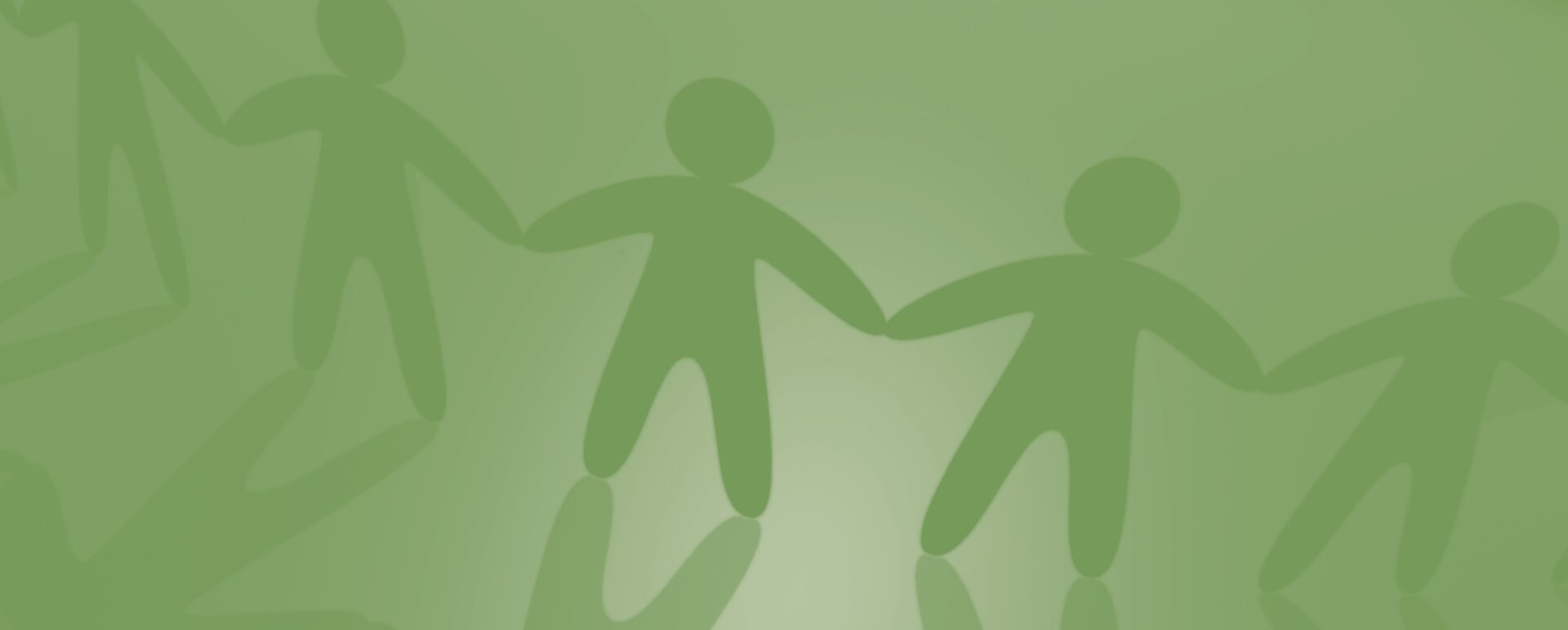requires every Canadian to learn and act
On the land, in classrooms, in boardrooms – wherever we choose to be is where every Indigenous woman and girl should be. Instead, I’ve watched as many of my sisters have been found dead, abandoned in rural ditches and left at the bottom of city rivers. This reality continues to persist one year after the National Inquiry into Missing and Murdered Indigenous Women and Girls (MMIWG) released its final report, which symbolized the promise of a new era. It compiled evidence of the forces that target us and magnify our experiences of violence. It also provides a road map to address and transform these realities.
Upon the report’s release, resistance emerged for its classification of this crisis as genocide. Before Canadians had the opportunity to read and reflect on the report, many were already opposing its findings. I was taught that we were given two ears and one mouth – to listen twice as much as we speak. It is time for Canadians to listen and build relationships with Indigenous peoples based on our shared humanity.
A glance at the past year shows that the disappearances and killings of Indigenous women and girls, and the forces that fuel these realities, continue to flourish. This pattern has been seamless throughout the seasons.
Last summer, the RCMP apologized to the family of Amber Tuccaro – a 20-year-old mother from Mikisew Cree First Nation – after a report found that their investigation into her death in 2010 was “deficient.” Ms. Tuccaro’s family has shared that the RCMP did not take their concerns seriously after she was reported missing. Her evidence was also mishandled, causing some of it to be destroyed.
Later, the country watched national media coverage of two murder suspects on the run from British Columbia for a month. Advocates wondered why MMIWG have not been extended the same attention, urgency and resources. Not long after, Miranda Belle, a 31-year-old Manitoba Métis woman went missing. In October, Winnipeg police indicated that her disappearance was suspicious and potentially involved foul play.
Over the winter months, the Wet’suwet’en hereditary chiefs applied for judicial review of a permit granted to the Coastal GasLink pipeline, advancing that the decision ignored the final report’s finding that resource-extraction work camps are connected to violence against Indigenous women, girls and Two-Spirit people in neighbouring communities.
A report was released by Pauktuutit Inuit Women of Canada, revealing that racialized policing continues in Canada’s north. Some women in Nunavut are reluctant to call the police due to prior negative interactions, or the manner in which police had responded to their previous reports of violence.
Meanwhile, Manitoba announced in January it would end birth alerts, which work to apprehend newborns from “high-risk” mothers while in hospital. The province has since delayed this promise, citing COVID-19. Indigenous children account for 52.2 per cent of those in foster care in Canada, yet only comprise 7.7 per cent of the population of Canadian children.
The link to the full article: https://www.theglobeandmail.com/opinion/article-building-a-country-free-from-violence-against-indigenous-women-and/




